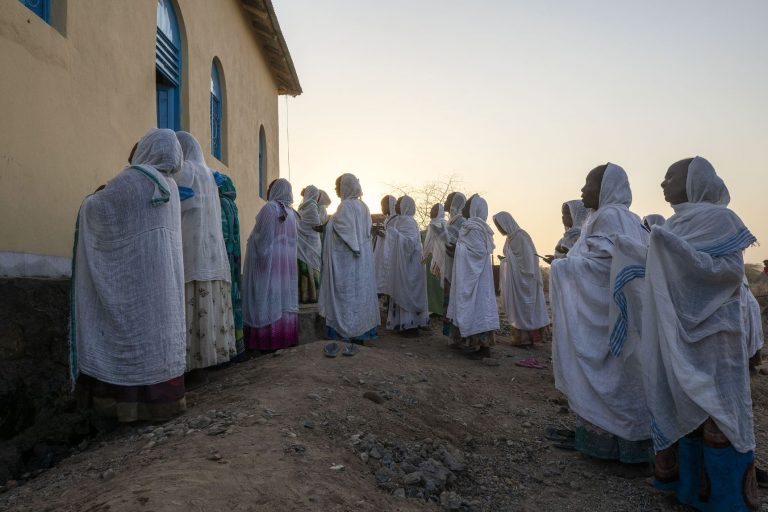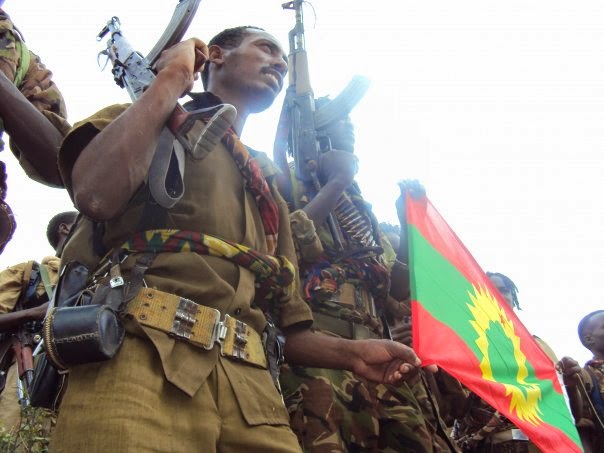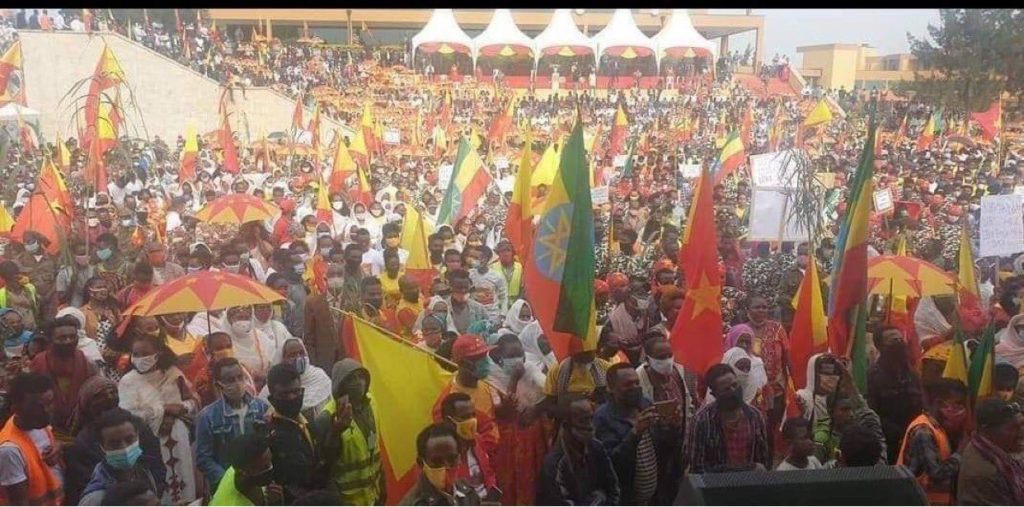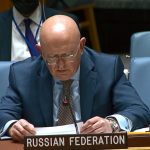The conflict in Ethiopia’s Tigray region appears to be escalating, with reports that Tigrayan and Amhara forces are recruiting more youths to fight in the country’s north. Forces from Ethiopia’s Amhara, Oromia and Sidama region are mobilizing to attack Tigrayan forces, a few weeks after Ethiopia’s government declared a unilateral cease-fire in the country’s north. The fighting in Tigray is likely to escalate into an ethnic conflict, therefore, as it has picked up speed amid war crimes and atrocities in a last war in Tigray. Ethnic tensions are on the top today and waiting for trigger.
Ethiopia’s Prime Minister Abiy Ahmed has vowed to repel fresh offensives. Last week Tigrayan forces recaptured major cities in Southern Tigray and made advances toward Amhara region.
The TPLF wants to go back and take some of those lands which belonged to the Amhara, which were taken in the last 27 years. So it seems the Amhara are resisting and fighting back there. The disputed territories are the Welkait, Tegede, Humera, Telemte and Raya districts. The Amhara claim the land was taken from them when the Tigrayan People’s Liberation Front took control of the national government in 1991.
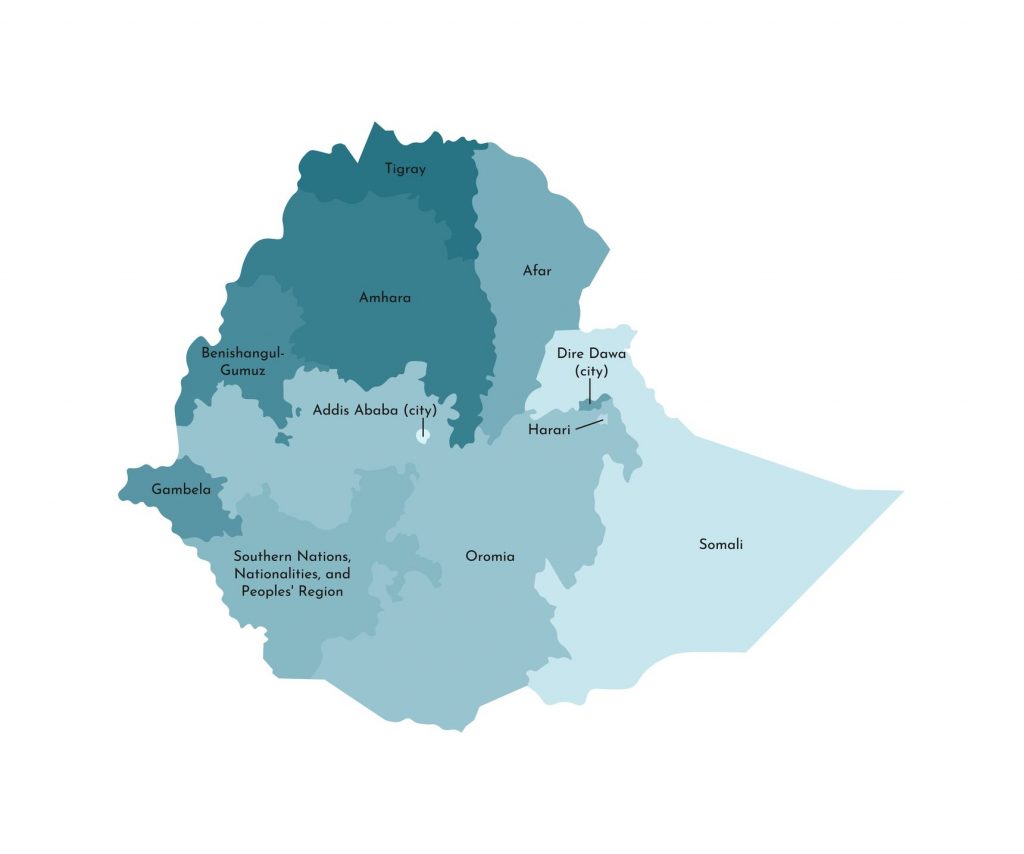
Amhara, the second biggest ethnic group in Ethiopia, took over some disputed areas between the two federal states in the north of the country last year.
Ethiopian politics is shaped by ethnicity and regions are named after ethnic groups. The Tigray regional state has its own militia force and Amhara regional state has its own militia. So these militias are receiving instructions from their regional governments and they are fighting because they are instructed by their political leaders.
Since the withdrawal of the Ethiopian national defense force in parts of Tigray, there has been a wave of arrests and detention targeting Tigrayans in Addis and out of Addis. Hate speech and targeting of Tigrayans is escalating in Addis Ababa, are terrifying some who are planning to flee. So, Ethiopian elites and ethnic groups are a whisper away from the clashes.
Tigray is one of the 12 federated units of Ethiopia (10 regional states and 2 cities). Since 1994, the African country has been ruled under a system called “ethnic federalism,” where each of the largest peoples —Oromo, Amhara, Tigrayan, and Somali— is assigned one of the main regional states. In Tigray, 95% of the population belongs to the Tigrayan people. Since its creation, the Tigray Regional State has been ruled by the TPLF, a Tigrayan nationalist party. Since the end of communist rule in 1991 and up until recently, the TPLF had been in a ruling coalition of ethnically based parties, each in control of their own region in a federal system.
The TPLF was founded in 1975 as a political-military movement opposing Ethiopian communist dictatorship of Colonel Mengistu Haile Mariam. The TPLF joined the Eritrean independence fighters in the war that they had been waging against the Ethiopian regime since 1961.
TPLF leader Meles Zenawi led the Ethiopian government from 1991 until his death in 2012. The TPLF’s domination of the state apparatus and of important economic sectors caused resentment in other regions of the country, from where Tigrayan nationalists were accused of governing and exploiting the rest of Ethiopia.
Meles Zenawi, serving as prime minister from 1995 to 2012 – has keenly felt the loss of power under Mr Abiy who hails from the Oromo ethnic group of southern Ethiopia, the largest ethnic group in the country, comprising about 45 percent of the nation’s 111 million people.
It saw the prime minister’s widely welcomed campaign to end human rights abuses and corruption as a victimization of TPLF members, especially after senior military and security officers were either purged or arrested soon after Mr Abiy took office in 2018 following mass protests against the former regime. The TPLF, once a dominant force within the former Ethiopian People’s Revolutionary Democratic Front, remains a bitter critic of Abiy’s leadership.
In late 2019 Abiy created a new Prosperity Party (PP) meant to deemphasize the role of ethnic groups in the name of unity. However, the TPLF declined to join the PP, and though the party still retained control of Tigray’s regional government, members generally saw Abiy as taking steps detrimental to their interests and their region.
The Tigrayan and Oromo have chafed at rule by other ethnic groups, first by the Amhara, the wealthiest ethnic group. In pre 1991, especially in ‘Metekel’, ‘Amharas’ were politically dominant. The policy of assimilation into mainstream Amhara culture provoked some subordinated ethnic groups into initiating ethnic movements.
Amhara’s elites also tend to interpret the TPLF’s vision of a federal Ethiopia — where each nationality has a degree of autonomy and power — as antithetical to their own.
The leaders of the Tigray People’s Liberation Front (TPLF) used the Marxist‑Leninist distinction between colonial questions and national questions. They defined the Eritrean issue as the sole issue of decolonization and identified the other national questions—including that of the Somalis and the Oromos—as a matter of national self-determination and not decolonization. In their view, colonized Eritrea had an immediate and irreducible right to separation, while separation to the other nations and nationalities may rightly be invoked at the failure of a democratic process in Ethiopia. Since 1974 the TPLF and the Oromo Liberation Front (OLF), pushed back against the domination of the Amhara ethnic group and the Amharic language.


